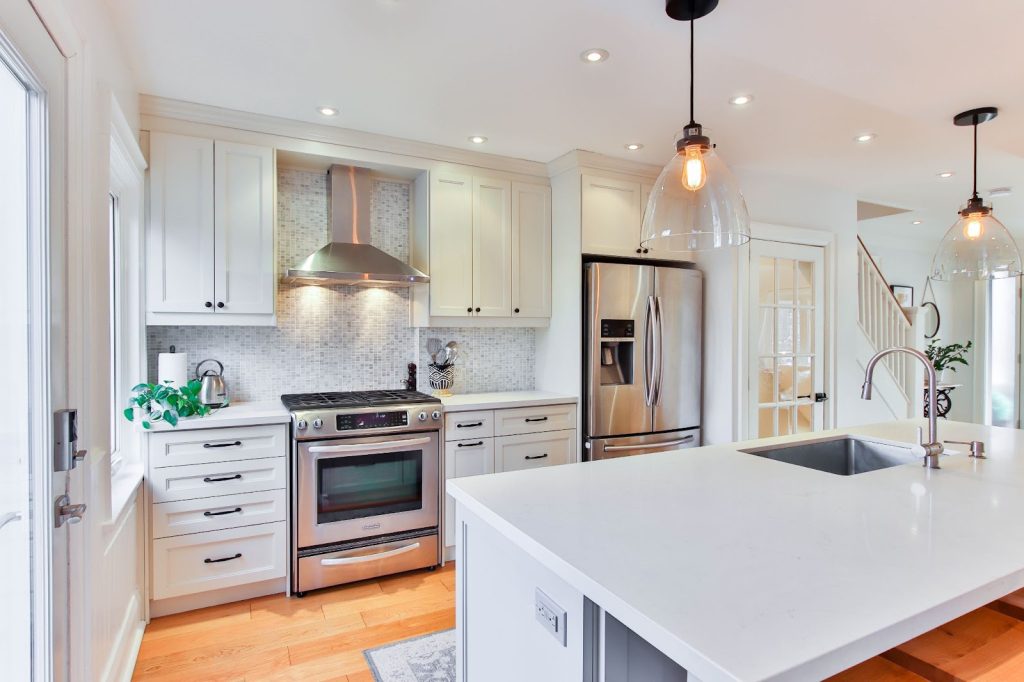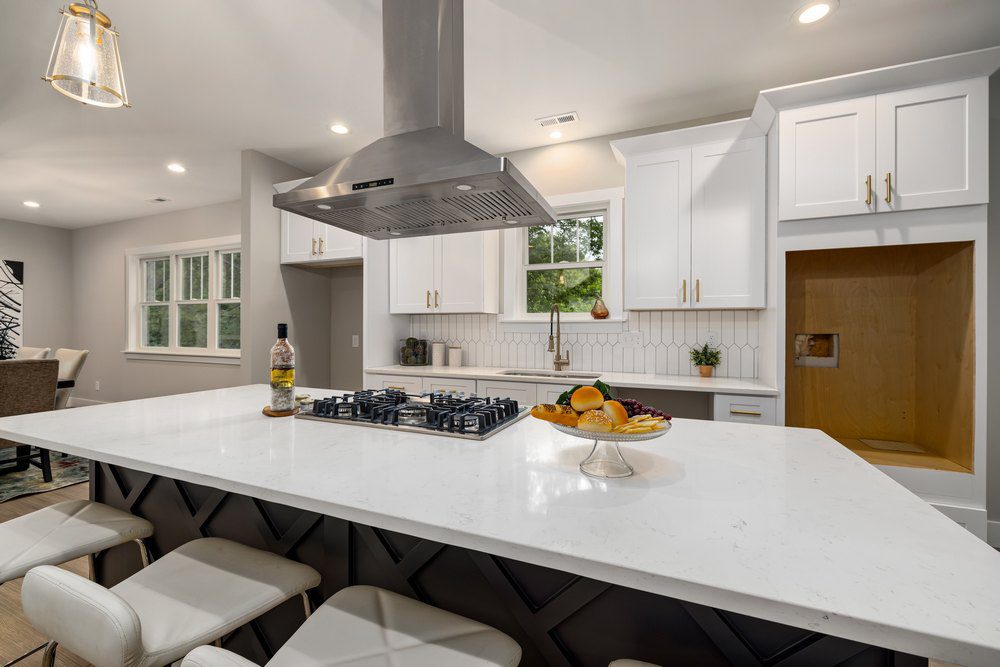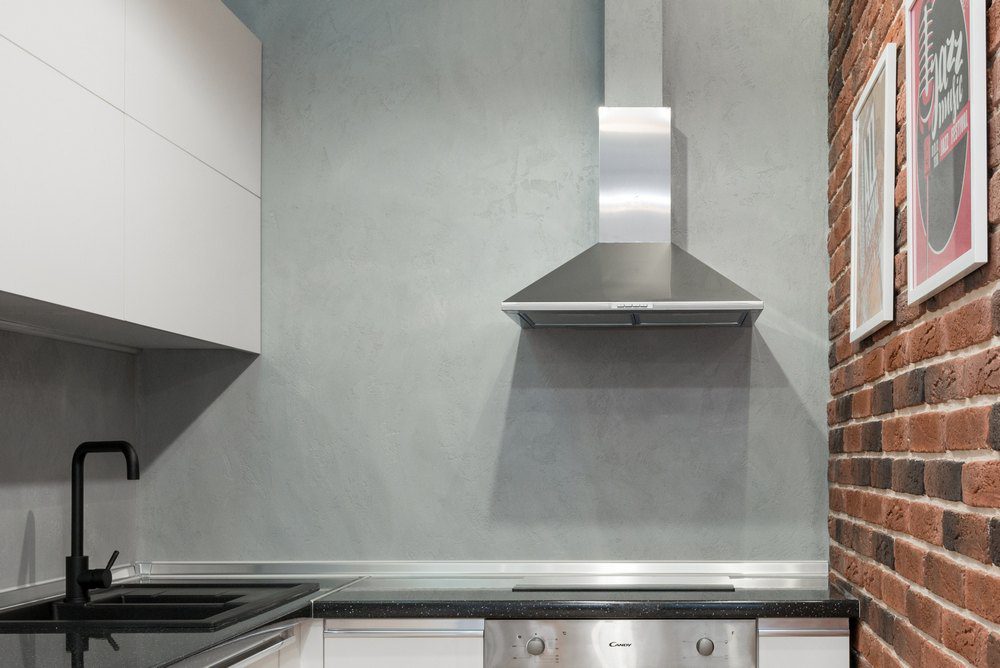Last Updated on April 26, 2024 by teamobn

Contents
The Vital Role of Kitchen Ventilation in a Healthy Culinary Space
Kitchens are more than functional spaces; they are where we forge cherished memories with loved ones, sharing hearty meals and laughter. Amidst these beautiful moments and the joy of cooking, let’s not forget a critical aspect of our kitchen – ventilation. This article explores the role of kitchen ventilation in creating a healthy culinary space that enhances our cooking experience.
Adequate ventilation is the key to maintaining fresh air in our kitchen, regardless of the dishes we prepare. Picture yourself cooking amidst mouthwatering aromas, free from concerns about smoke and grease buildup in exhaust ducts – that’s the magic of a well-designed and efficient ventilation system!
The Need for Adequate Ventilation
Cooking releases byproducts into the air, including smoke, grease, steam, and tiny food particles, which build up without proper ventilation. Continuous inhalation of these elements in the air causes health issues ranging from breathing to allergies and even more severe respiratory illnesses. Proper ventilation removes these impurities from the air for a healthier cooking space.
Improved Indoor Air Quality
A high-quality kitchen ventilation system regulates your air quality. A range hood, for instance, captures and expels the fumes and odors produced during cooking, preventing them from spreading. By effectively removing harmful pollutants, the risk of respiratory problems decreases, and the kitchen becomes a healthier environment.
Managing Excess Humidity
Cooking generates a significant amount of steam, which can result in increased humidity levels inside the kitchen. High humidity levels not only lead to an uncomfortable environment but can also promote the growth of mold and mildew, which poses health hazards.

Eliminate Excess Heat
The numerous cooking appliances and simultaneous frying and boiling of food can cause excess heat, leading to overcooked and spoiled dishes. Strategically installed ventilation systems efficiently remove heat from the kitchen, ensuring a comfortable cooking environment and preserving food.
Preserving Indoor Surfaces
Cooking without proper ventilation can accumulate grease and grime on kitchen surfaces, walls, and even ceilings marring the appearance of your culinary space and being prone to bacterial growth.
Along with regular cleaning, an efficient kitchen ventilation system significantly reduces grease buildup, preserving your kitchen’s aesthetics and cleanliness.
Chef-Approved Comfort and Space
A well-planned, high-quality ventilation system makes your kitchen comfortable and highly functional by removing moisture and keeping the air fresh and healthy, allowing us to cook without feeling like we’re in a sauna.
Energy-Efficient Solutions
Uncontrolled heat in the kitchen can increase energy usage as the HVAC system works harder to regulate the temperature. An excellent ventilation system helps maintain a comfortable temperature, optimizing the performance of our heating and cooling system. It’s also smart to enhance energy efficiency by investing in access doors and panels, improving your kitchen’s safety.
Fire Hazard Prevention
Though ventilation cannot prevent fires, it plays a vital role in avoiding grease buildup and other harmful chemicals that may trigger fires. Safety is paramount in any kitchen, especially when dealing with fire hazards. Proper ventilation fortifies your kitchen against fire accidents.
Easy access to your HVAC and hood ventilation system through an access panel makes regular cleaning of hood grease hassle-free, reducing the risk of grease buildup that may lead to fires. Additionally, proper ventilation removes smoke during fire events, aiding rescue teams.
Be sure to consult NFPA 96 standards for commercial kitchen ventilation requirements.

Types of Kitchen Ventilation Systems
There are several kitchen ventilation systems to consider based on your kitchen’s layout and specific needs:
Ducted Range Hoods: Common and effective kitchen ventilation systems that draw in air and exhaust it outside, ensuring the removal of pollutants and odors.
Ductless Range Hoods: Suitable for kitchens where duct installation is impossible, these hoods use filters to trap grease and odor before recirculating clean air back into the kitchen.
Downdraft Ventilation: Ideal for kitchen islands, downdraft systems draw air down through the cooktop and exhaust it outside or through filters.
Ventilation Panels: Adding HVAC and hood ventilation panels into your kitchen ventilation system enhances safety, efficiency, and fire resistance. With straightforward installation, superior design, and reliability, these panels contribute to a healthy culinary space.
Maintenance Tips
To ensure the longevity and efficiency of your kitchen ventilation system, follow these maintenance tips:
- Clean or Replace Filters: Clean and replace your range hood filters regularly to prevent grease buildup and maintain proper airflow.
- Check for Blockages: Inspect the exhaust ducts and vents to ensure no blockages hinder adequate air circulation. Daily visual checks daily is a great way to prevent buildup.
- Wipe Down Surfaces: Regularly clean the range hood, vents, and surrounding surfaces to prevent the accumulation of grease and grime.
- Schedule Professional Inspections: Have your ventilation system inspected by a professional at least once a year to address any potential issues.
Selecting the Right Ventilation System
Consider the following factors when choosing your kitchen ventilation system:
- Kitchen Size: Choose a ventilation system suited to your kitchen size and the heat level your appliances produce.
- Ducting Options: Determine if ducted or ductless ventilation suits your kitchen setup.
- Noise Levels: Look for ventilation systems with lower noise levels, especially if your kitchen is open-concept and connected to other living areas.
- Energy Efficiency: Opt for energy-efficient ventilation models that help reduce utility costs.
- Fire Ratings: Remember that NFPA requirements for the exhaust duct enclosures in commercial kitchens must have a 2-hour fire-resistance rating. And installation and maintenance of hoods and ducts are mandatory to prevent grease buildup and to ventilate smoke, heat, and odors.
Choose HVAC and hood ventilation panels that deliver optimal performance with dual gaskets, an outer ceramic filter, and a neoprene seal, surpassing NFPA 96 and UL specifications. There are also HVAC and hood ventilation panels that meet the highest fire safety standards with up to 2300-degree ratings for added protection.
Conclusion
Kitchen ventilation is a powerful tool for creating a safe and healthy culinary space. It ensures a comfortable and energy-efficient cooking environment, eliminates excess heat, controls indoor air temperature, prevents the buildup of airborne pollutants, and enhances sustainability.
So, bid farewell to smoke, grease, and steam, and start creating beautiful memories with flavorful and savory food in your healthy culinary space!








